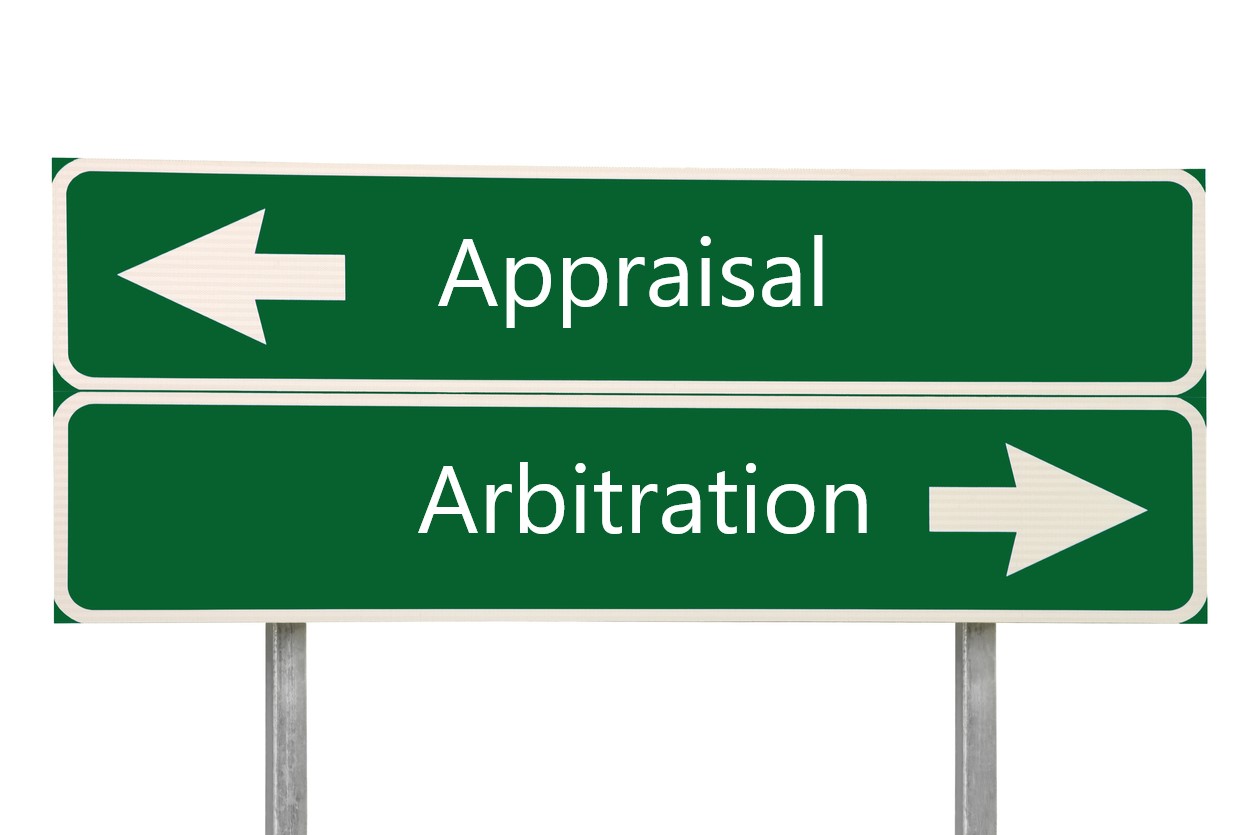Additional Living Expense (ALE) Coverage is one of the provisions in most policies that is usually short and appears to be a straight forward, especially considering the language used in other sections of the same policy, but securing payment under this provision can be frustrating for insureds. Delay for this type of payment can cause extreme hardship. I have watched policyholders who have lost everything, or even those trying to cope without a kitchen, break down in tears because of the hurdles and roadblocks that stand between them and a payment due for covered additional living expenses. Just this week, I received calls from two insureds on different coasts who are fighting for additional living expenses on covered claims. One homeowner had the rental furniture company coming to repossess the furniture and the other faces potential foreclosure because the check has been "in the mail" for five months.
Here is a sample provision from a homeowners policy in North Carolina:
1. Additional Living Expense If a loss covered under Section 1 makes that part of the "residence premises" where you reside not fit to live in, we cover any necessary increase in living expenses incurred by you so that your household can maintain its normal standard of living. Payment may be for the shortest time required to repair or replace the damage, or if you permanently relocate the shortest time required for your household to settle elsewhere.
Some policies limit the maximum amount of time for you to recover such payment to 12 months or 24 months.
The purpose of ALE coverage is to reimburse the policyholder for living expenses incurred that he or she would not have had to pay but for the fire, hurricane, sinkhole repair, pipe break, or other peril to the property. If the home is not habitable or an integral part of the home (like a laundry room or kitchen) is not able to be used because of an insured peril- you are covered. The problem can be actually getting the insurance company to cut the ALE check timely. Some carriers improperly withhold or delay payments for additional expenses to reduce the overall amount paid on a claim, figuring the insured may give up or go away. Meanwhile, policyholders are holding their breath hoping that they can cover the mortgage and the rent again this month.
Quality adjusters are taught to "project and pay" this benefit, have the insureds tender the documents supporting payment after an advance is issued, and to reconcile for future payments. Once an insured has an obligation for the additional living expense, payment should be made promptly to the insured. If the policyholder has signed a lease for an alternative residence, the full amount of rental payments should be paid by the carrier, but often this doesn’t happen because the carriers are holding back payment assuming that "the shortest amount of time" is shorter than the rental obligation. The solution- insurance companies should provide guidance and give written pre-approval for certain types of alternative housing options. For example, public adjusters can open up these lines of communication and show the comparable property options available in the area to assist an insured in getting approval to move into a furnished 6 month rental. Insureds should negotiate and discuss alternate housing options with the carrier. It is very important that the amenities of the home are similar to the insured residence. Public adjusters often need to closely monitor and press an insurance company for proper additional living expense payments for their clients.
One court in Colorado ruled that even if the payment coding for additional payments is blundered by the insurance company where the funds are paid but labeled under other, coverage it is still proper. But the delay for payment for an additional three months of ALE expenses is a factual issue for a jury to hear as part of the breach of contract claim. In the case of Lisa Lee v. American Family Mutual Insurance Company,1 the policy provided additional living expenses for the shortest time necessary, but limited the timeframe to a maximum of 12 months.
Lisa Lee disputed claimed she was not paid the full amount of her additional living expenses. Even her insurance company didn’t know if it had allocated enough funds so that the landlord was paid or paid in full. The court record showed funds specifically for ALE were paid through May of 2005. There was also evidence that in April 2005, American Family was notified that Ms. Lee was still in need of the apartment and asked to send additional payment. American Family responded in late April, stating that a check for $10,000.00, sent four months earlier, should be used to cover the future additional living expenses. The December check was presented as funds for personal property coverage.
The Court took issue with a March 14, 2007, check American Family allocated to Temporary Housing purporting to cover expenses from May 2005 to July 2005. This check came almost two years later the expenses were incurred. Because of this action, Ms. Lee’s additional living expense claim was able to continue under the breach of contract argument.
The takeaway from this case is that presenting and getting paid additional living expense coverage often requires diligence and persistence by the policyholder. Policyholders should evaluate and ask questions about all checks sent on a claim.
Another concern that comes up with additional living expense coverage is the issue of payments stopped by a carrier because the time limit in the policy has been reached but delay on the claim was caused by the carrier’s length of investigation or other factors. Stay tuned for new a post addressing this issue.
1 No. 06-cv-02604, Not Reported in F. Supp 2d (D. Colo. July 7, 2008).



